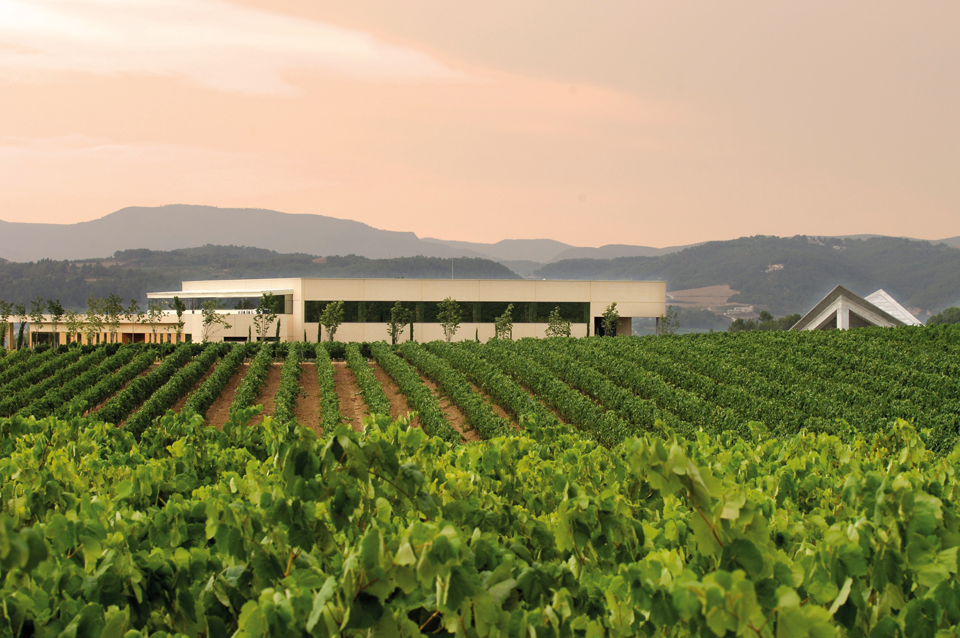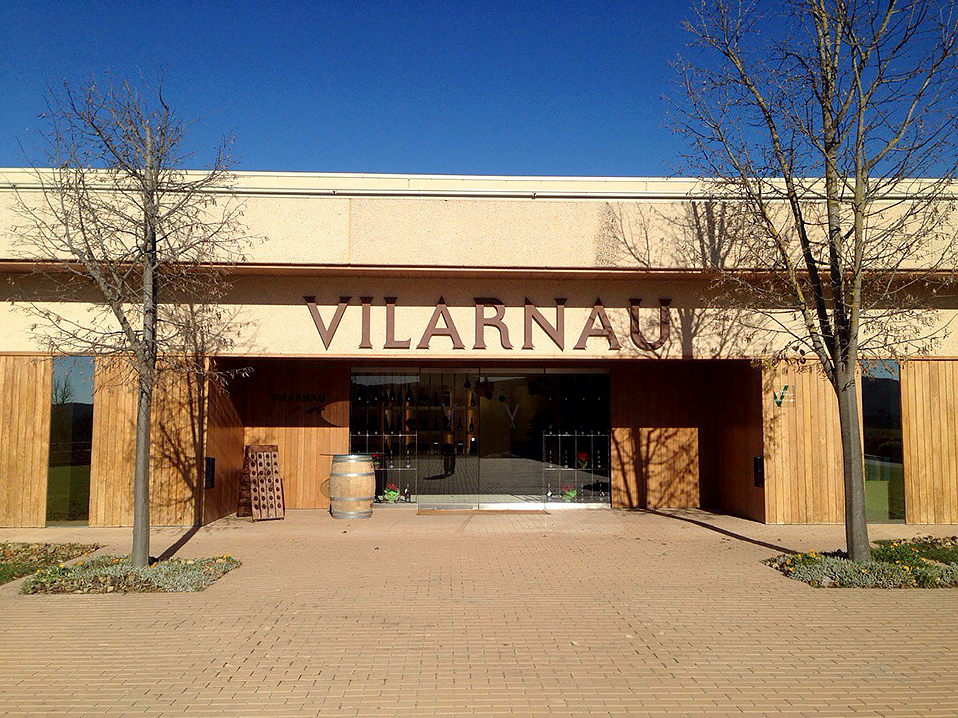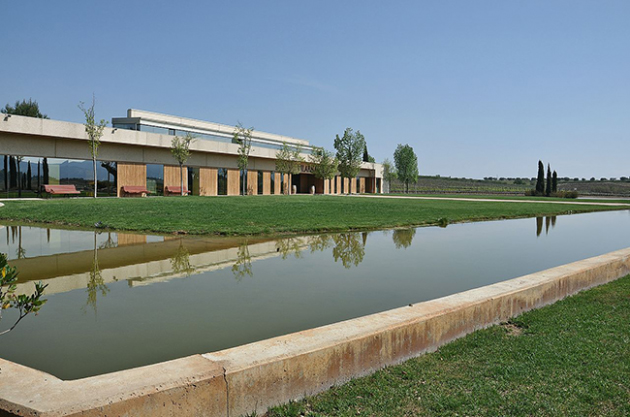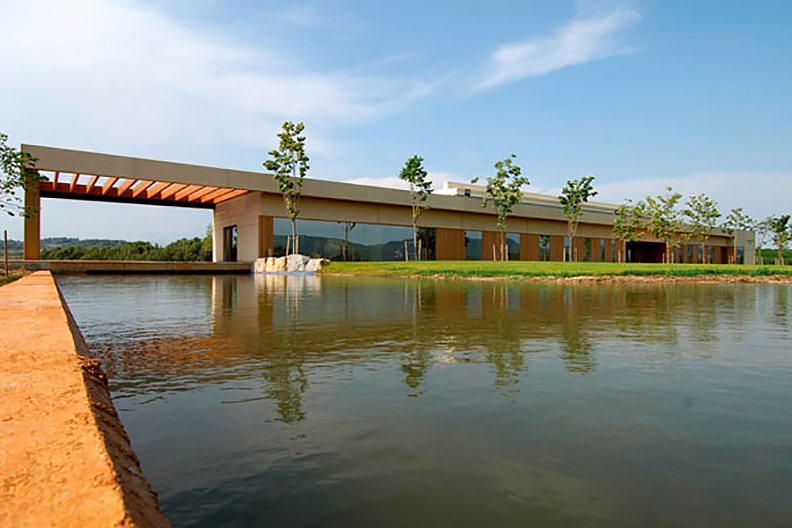Bright, deep copper-pink color; raspberry, red apple, citrus, minerality on the nose; strawberry, cranberry, red apple, tangerine-mandarin orange on the palate.
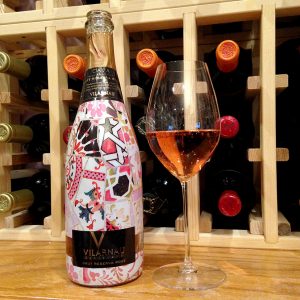
Brut (10 g/L RS) with excellent acidity (3.15 pH) and cleanly defined flavors. Fine and persistent bubbles. Crisp, refreshing from initial attack through the finish. Creamy mouthfeel intriguingly interacts with the crisp acidity that presents on the attack and mid-palate where the red fruits show. Citrus elements take over from the red fruits on the finish and preserve the crispness and precision of this Spanish sparkling effort.
The wine is a blend of 85% trepat and 15% pinot noir. Trepat is a red grape indigenous to northeastern Spain and typically used in rosé sparkling wine (cava), often blended with grenache, pinot noir, tempranillo, or cabernet sauvignon. This, thus, is a classic blend even if you have never heard of the grape before; if you have had cava rosé from Barcelona area before, however, you likely enjoyed trepat.
Vilarnau is a relatively small, cutting-edge winey near Barcelona. It traces its roots to the 12 century. Vilarnau is a contraction of the Latin “Vila Arnau”—the Arnau family’s country house. The first cava labeled Valarnau was created in 1949 using grapes that had been grown on the estate and sold to others for centuries. In 1982, Vilarnau became part of the González Byass company (owners of more than 20 companies).
A new winery was built and began making wine in 2005. Vilarnau celebrates a clear focus on sustainability: careful monitoring of energy consumption—biomass waste is used for heating; water management—harvesting rainwater on the winery roof for its adjacent lake; waste reduction—composting, recycling, packaging; and sustainable viticulture—certified organic by the Catalan Council for Organic Agriculture. Vilarnau uses no herbicides in its vineyards.
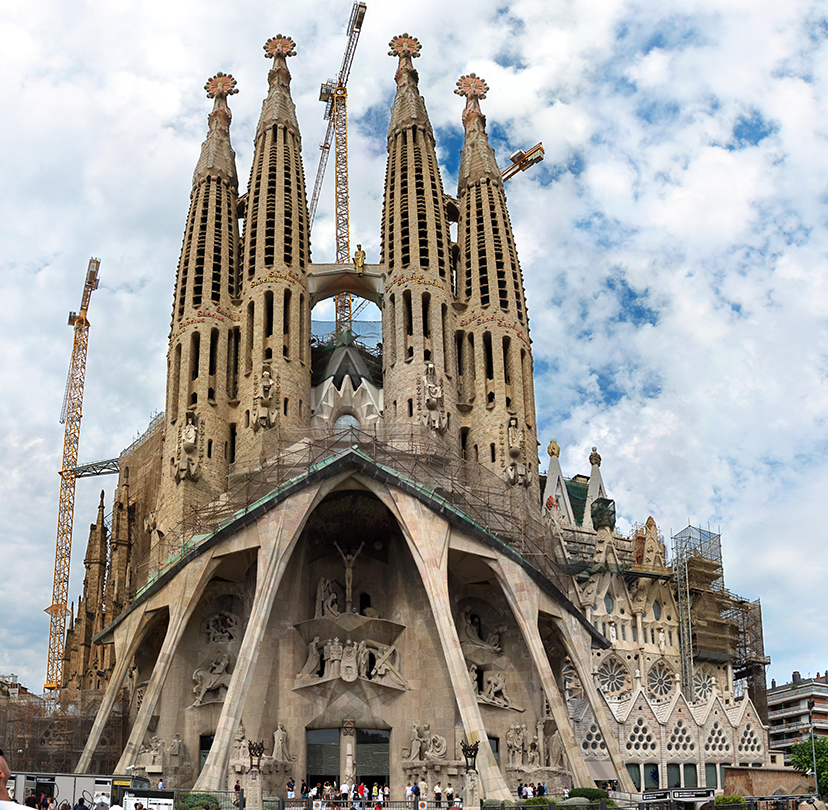
The dramatic label on this bottle is based on a type of mosaic—trencadís—used in Catalan modernism, and closely associated with architect Antoni Gaudi (Sagrada Familia Catholic Church in Barcelona is his masterwork). This wine is part of Vilarnau’s Trencadís Edition series. The fantastic church and its mosaics that inspired the label has been under construction since 1882 and is still unfinished—cathedrals are supposed to take centuries to complete, and in some ways are never considered complete. Gaudi died in 1926. There is a link to the official church website below; Google the church name or Antoni Gaudi to see and learn more about this astonish piece of art and UNESCO World Heritage site that remains strikingly modern almost 150 years after it was conceived in Gaudi’s mind.
Vilarnau Brut Reserva Rosé Cava NV is classy cava with nicely refined flavors. The unique, dramatic label and the wine’s riveting color makes this ideal an aperitif to start a party, although its crisp dryness may not be appreciated by those who want sweetness in their rosé—have something cheap and sweet on hand for them so you can enjoy more of this good stuff. Superb acidity makes this an easy pair with almost any food save rich red meats, but will pair very well with tapas, pasta, paella, fideuà (seafood dish like paella, but made with noodles rather than rice), pizza, baked and pan-seared fish, grilled chicken, pork tenderloin, ham, lamb with herbs, goat cheese. $14-19
Sagrada Familia Catholic Church, Barcelona website
